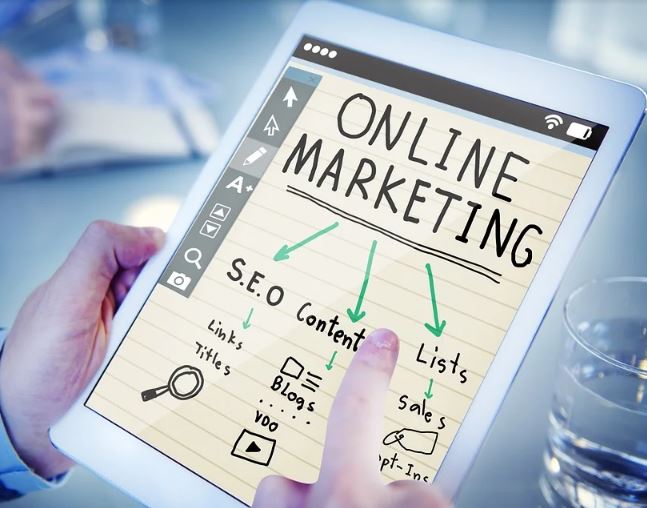Today, to succeed in online marketing the key is not only to create a website, but also to establish a real Internet marketing strategy.

First of all, no matter what anyone says, your website remains the central platform for your Internet activities.
All channels and other marketing tools lead visitors to your platform. And the main goal of the website is to turn visitors into customers. In Internet marketing terms, this is called “conversion” or “transformation”.
Bad marketing is just investing to attract more visitors to the site. However, you don’t need more visitors if you can’t convert them into customers. Because the more effective your site is, the better you convert your visitors into customers.
To do this, you need to know the basics of Internet marketing. It’s just a matter of following these 7 steps.
Phase 1: Analysis
Start gathering information.
- Your target audience: the socio-demographic characteristics of your prospects
- Your market: the size of the market, its evolution and what the market is looking for.
- The purpose of your site: do you want to turn prospects into customers? Register email addresses?
Phase 2: planning
- The structure of your site: create a map of your site to clarify the path of the user.
- The content: with which texts, images and/or videos do you convince your prospects?
- The alignment with the market: your message must be perfectly tuned to your market.
Phase 3: the design
- Develop the web strategy: develop your plan of attack, make your site known and turn your visitors into customers.
- I.e. visitor acquisition: list all acquisition channels.
- How to convert them into customers: define the most important offers and benefits that will convince them.
Phase 4: Conversion
- Define the conversion tunnel: Put yourself in the shoes of a prospect and create the perfect route to convince him to buy your products.
- Write the content, the wording: these are the phrases and words needed to convince and convert.
- As well as the necessary images and videos. These can be product demonstrations, videos or other content.
Phase 5: Getting traffic
- Determine traffic sources: organic or paid traffic.
- Execute your social media strategies: which social media are you going to activate? and with which content?
- Make a list of offline media you will use: for example, trade magazines or traditional media.
Phase 6: Test everything
- The right target visitors: correspond to the profile of phase 1
- A site that converts well: its conversion rate is at least 5%.
- And good customer loyalty: how many of your customers return regularly?
Phase 7: optimization
- Review your performance indicators: you can group the main indicators in a control panel.
- Fix any errors: for example, if your site does not work in all screen sizes including mobile. – Improve existing ones: optimize your conversion and retention rate.
As you can see, the 7 phases of internet marketing are not magic. Don’t forget that the most important thing is always to get a satisfied customer. Because satisfying your customers is the only way to maximize your results, in the long run.



